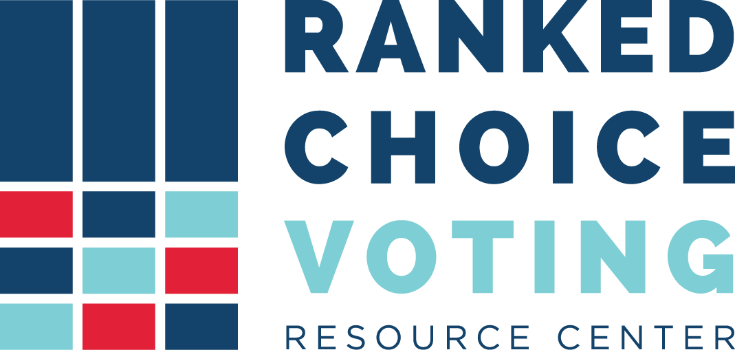VOTERS
Casting a ballot is one of our most cherished rights. What does it mean when your ballot is an RCV ballot? Our resources are available to all voters across the U.S. Find out how ranked choice voting (RCV) affects you below.
Welcome to the Ranked Choice Voting Resource Center's Voters page. The resources presented here will help voters and anyone else interested in RCV understand how to implement this voting method.

WHY ADOPT RCV
-
Eliminate Unnecessary Primary and Runoff Elections
-
Increased Civility in Campaigns
-
Promoting Fair Representation
-
Avoid Vote-Splitting and Weak Plurality Results
-
Military and Overseas (UOCAVA) Voters

HOW RCV WORKS
With RCV, voters mark their ballots in order of preference – first choice, second choice, third choice, and so on. Whether using single-winner RCV or proportional RCV, the voter experience is the same.

TYPES OF RCV
There are two primary forms of RCV in the United States:
-
Single-winner RCV
-
Proportional RCV

WHERE IS RCV USED
An interactive map with key information and resource links on where RCV is used across the U.S., including current use, states with local option laws, military and overseas (UOCAVA) voting, future use, past use, and RCV in other countries.

